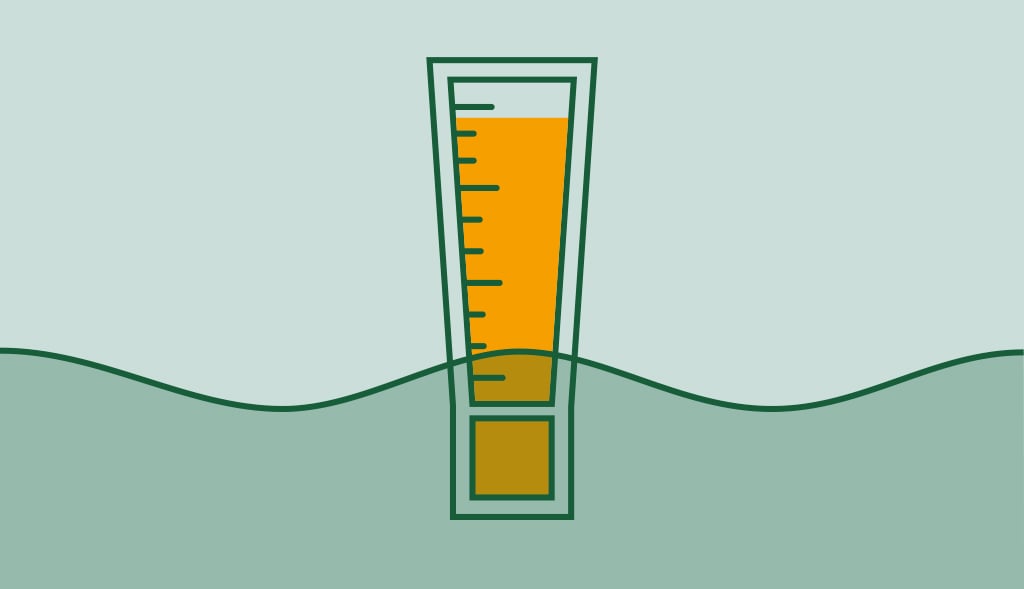How to Turn Hot Water Heater Up: A Comprehensive Guide

If you’ve ever taken a shower only to find that the water is lukewarm instead of pleasantly hot, you know the disappointment that comes with a poorly set water heater.
Whether your hot water heater is gas or electric, here’s a comprehensive guide on how to turn up your water heater.
Why Adjust the Temperature on Your Water Heater?
Many households have their water heater set at 120 degrees Fahrenheit by default, a temperature recommended by the U.S. Department of Energy for a balance of comfort and energy efficiency.
Some homeowners may find that this temperature does not adequately heat water for their needs and choose to increase the setting.
Adjusting the temperature to 140 degrees Fahrenheit can provide hotter water, but it should be done cautiously. Higher water heater temperatures can increase the risk of scalding, especially for children and the elderly. Also, keep in mind that higher settings will cause your heater to work harder, potentially increasing your utility bills.
Adjusting the Temperature on a Gas Water Heater
- Locate the control knob or dial on your gas water heater. This is typically found near the bottom of the tank.
- Turn the dial to adjust the temperature. If you’re increasing the heat, the water heater is set to a higher number or towards the “High” marking.
- When the adjustment is made, it is possible the pilot light needs relighting. It depends on the instructions to your model.
- After setting the temperature, wait for a few hours before testing the water temperature. This allows the heater to heat water to the new temperature setting.
Adjusting the Temperature on Electric Water Heaters
- Safety first! Turn off the power to the water heater from your home’s main circuit breaker before starting.
- Once you have ensured that the power is off, locate and remove the access panel on the side of your water heater. Electric water heaters typically have an upper and a lower access panel.
- Dig out the insulation on top of the thermostat. Use a screwdriver to adjust the temperature.
- After adjusting, replace the insulation and access panel before turning the power back on at the circuit breaker.
- As with a gas water heater, wait a few hours for the heater to heat water to the new setting before testing the water temperature at the tap.
Testing the Water Temperature
To test the water temperature, let the hot tap water run for a few minutes, then fill a mug and insert a cooking thermometer. This will ensure that your water heater is properly heating the water to the desired temperature.
Does Lowering the Water Heater Temperature Cost Less?
It’s a common question whether a lower temperature setting on your water heater can indeed reduce energy costs. The answer is, generally, yes. A lower setting means the unit uses less energy to heat the water, hence lower utility bills. However, the savings may not be significantly high unless you’re drastically reducing the temperature.
However, bear in mind that setting the temperature too low could lead to other problems. Water that is not hot enough may not effectively clean your dishes or clothes, and in worst-case scenarios, could lead to the growth of bacteria in your hot water, such as Legionella, which thrives at temperatures between 90 and 115 degrees Fahrenheit.
Therefore, finding the right balance is key. A setting of 120 degrees Fahrenheit is typically a good balance between energy efficiency, safety, and utility cost while still providing sufficiently hot water for household needs.
Conclusion
Knowing how to turn up your water heater is a simple task that can greatly enhance the comfort of your home. Whether you have a gas or electric model, the process is straightforward. Always remember to prioritize safety by turning off the power or relighting the pilot light as needed, and to test the water temperature after making adjustments. By carefully setting the temperature on your water heater, you can enjoy hot tap water while keeping your home energy-efficient and safe.
DISCLAIMER: The information provided is for general DIY guidance on water heater maintenance and does not replace professional advice or service. Risks include electric shocks, burns, and property damage. Prioritize safety, follow manufacturer’s guidelines, and consult with professionals if unsure. Comply with local laws and obtain necessary permits. Use this information at your own risk; the provider assumes no liability for any injuries or damages. If in doubt, hire a professional.
Blog
Hot Water Temperature : Avoid Setting Your Water Too Hot
If your hot water temperature is set to 140 degrees Fahrenheit, it takes three seconds to burn your skin serious enough to require surgery. Three seconds isn’t long at all. […]
How to Change Your Hot Water Heater Temperature In 6 Steps
Changing your hot water heater temperature is easy. However, before adjusting your hot water heater temperature, you should read our article : Hot Water Temperature: […]

